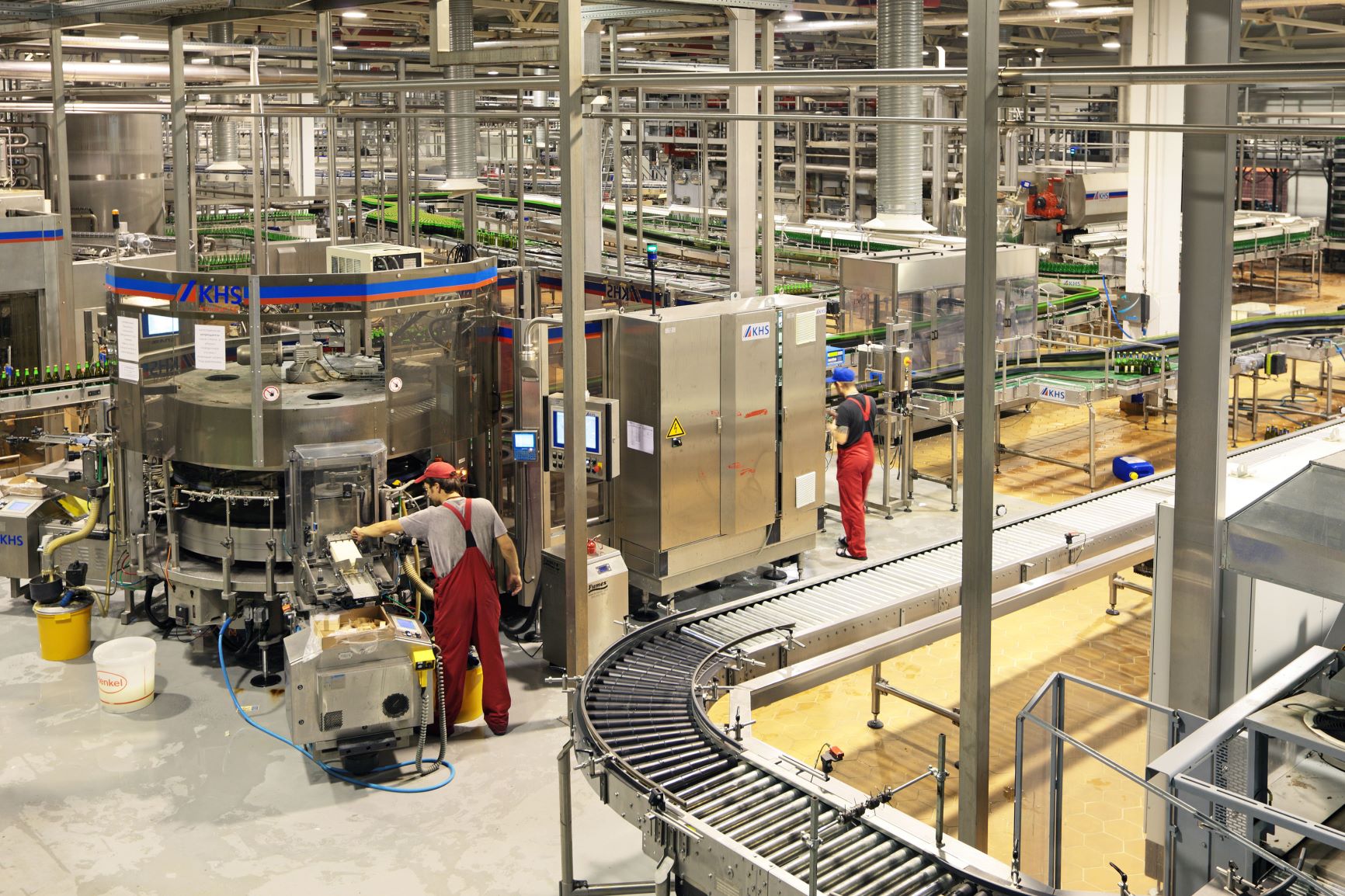Evaporative cooling applications: not just an industrial cooler
When thinking about evaporative cooling, people would normally consider it for industrial and commercial applications. In fact, thanks to its benefits (specifically Indoor Air Quality improvement and low running costs), this technology can be considered for a wider range of applications, from educational and sport centers to data center cooling.
Let’s discover the many applications of this technology!
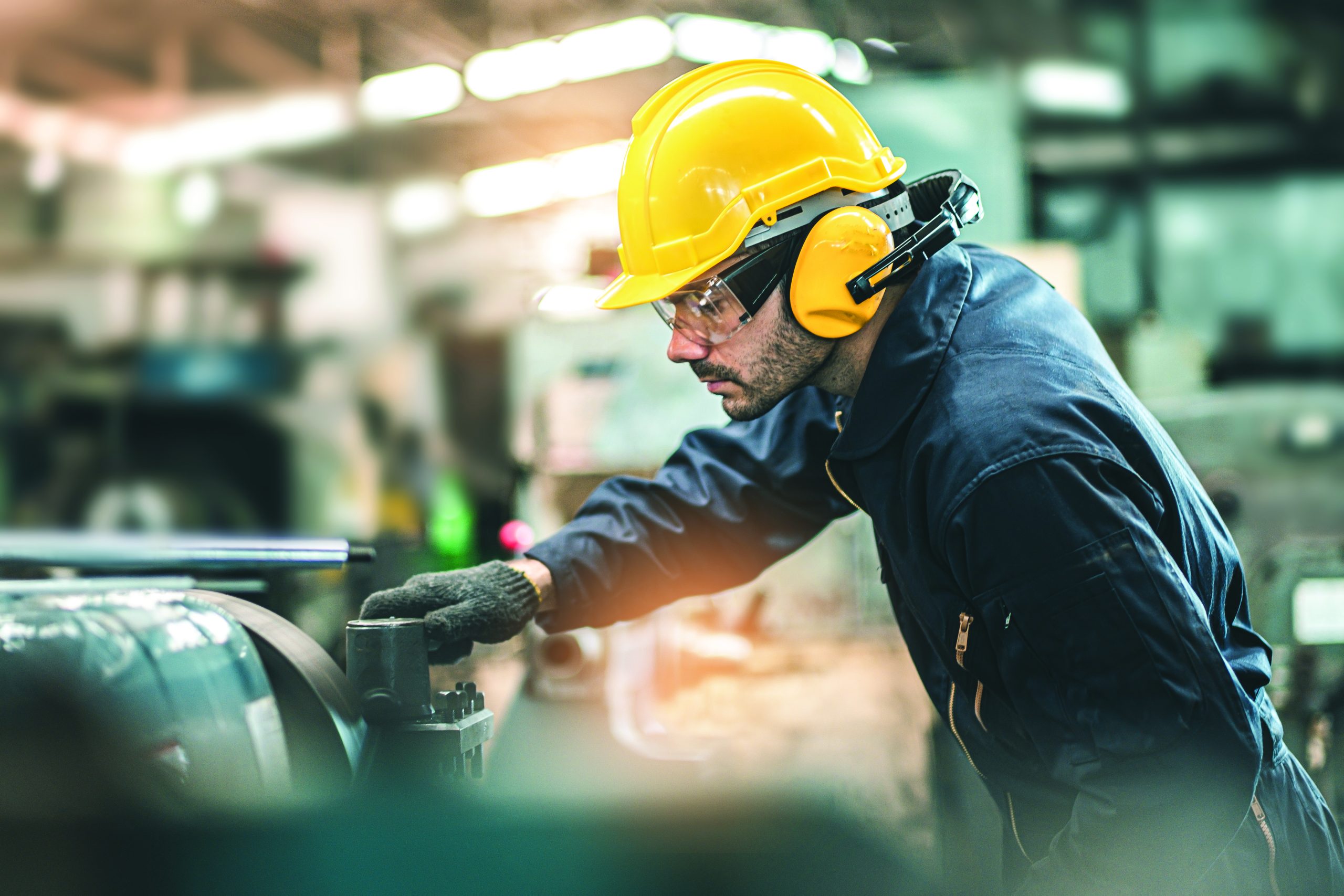
Factories
Factories are the most common place where you can install evaporative cooling. They are usually big areas where production machines can also produce a significant amount of heat. Excess heat can cause machines to trip, so keeping temperatures low with an industrial air conditioner is not only good for humans, but also for equipment. This is called technical cooling and can easily be done with Seeley International evaporative cooling units.
The slight increase in humidity can have a positive effect in some industries, for example printing companies, because it avoids evaporation of solvents.
We have case studies of some electronics manufacturer’s that found benefits in the slight humidity increase. Despite the fact that we would think it’s a negative aspect for electronic components, actually the higher humidity minimizes electrostatic discharge during manufacture, thus reducing component failure during assembly.
Even some food production industries have found great benefits in lower temperatures, specifically when we think about productions that need specific room temperatures (chocolates, biscuits….).
If you want to browse our success stories in factories, visit this page!
If you are interested in knowing more about technical cooling, browse this catalogue!
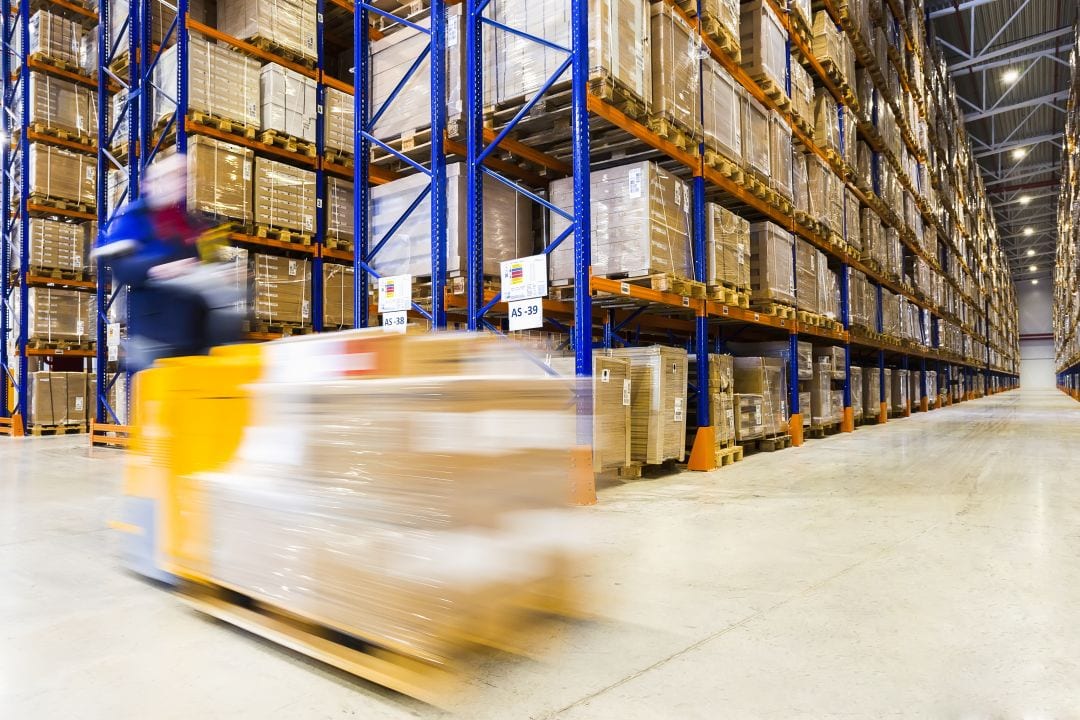
Warehouses
Commercial buildings are very hard to cool with traditional air conditioning, because of their physical size.
Warehouses are usually not conditioned at all: this can impact negatively for some stored goods (perishable foods, and pharmaceuticals) and also for the productivity of the staff working there.
Animal shops are a very important category of retail stores that you can cool with evaporative coolers: odors can be particularly unpleasant and the air can be stale and full of germs. Evaporative coolers can blow fresh air in, while pushing out stale air.
If you want to browse our success stories in warehouses, visit this page!
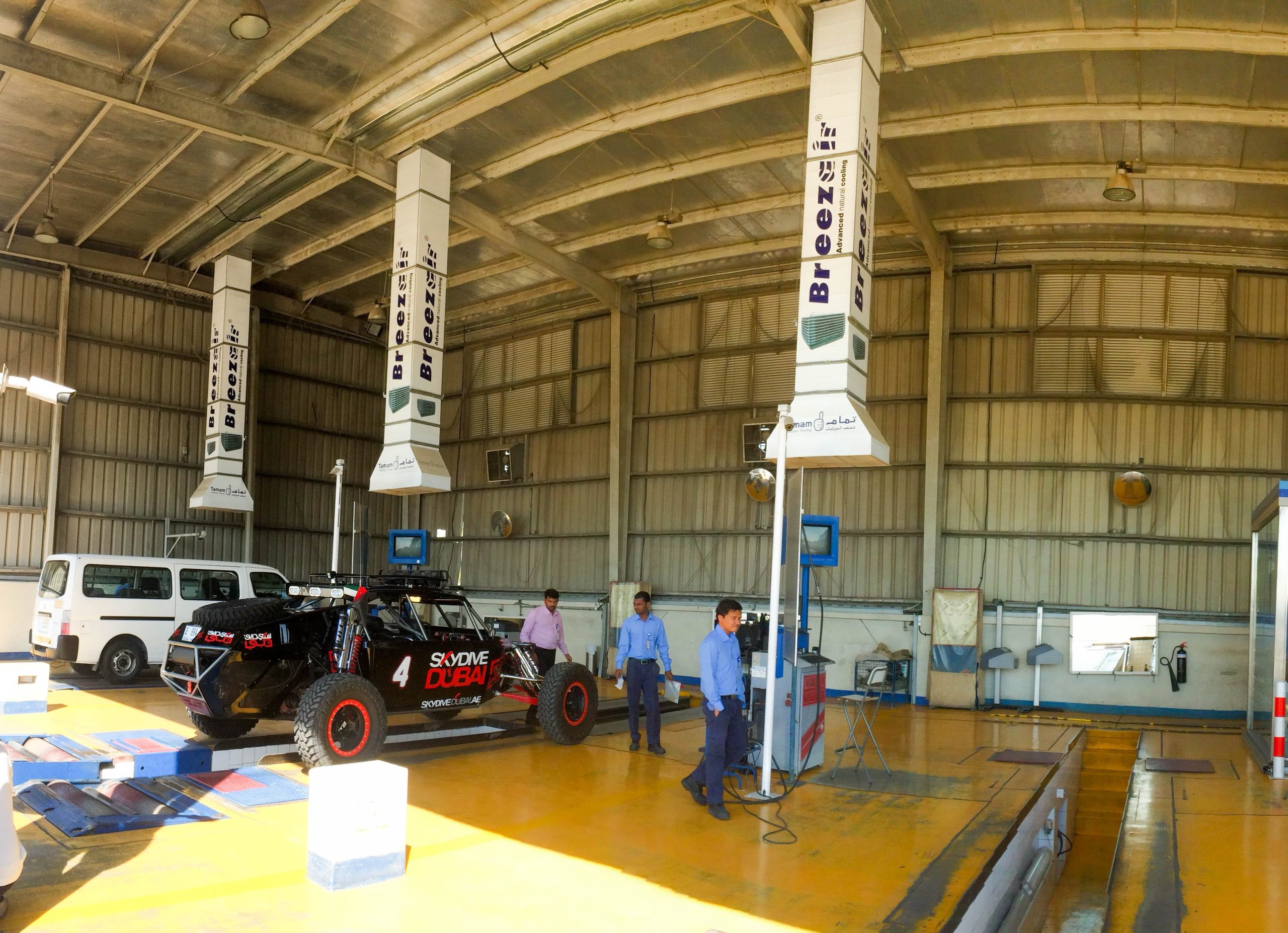
Garages and car workshops
Garages and vehicle testing centres are usually semi-open hot spaces, & the air is full of vehicle exhaust emissions. Again, these open spaces cannot be cooled using conventional air conditioning, but working conditions can be challenging and definitely unhealthy. These areas are easy to cool with evaporative cooling, as they are usually high buildings where simple ducting is required.
If you want to browse our success stories in warehouses, visit this page!
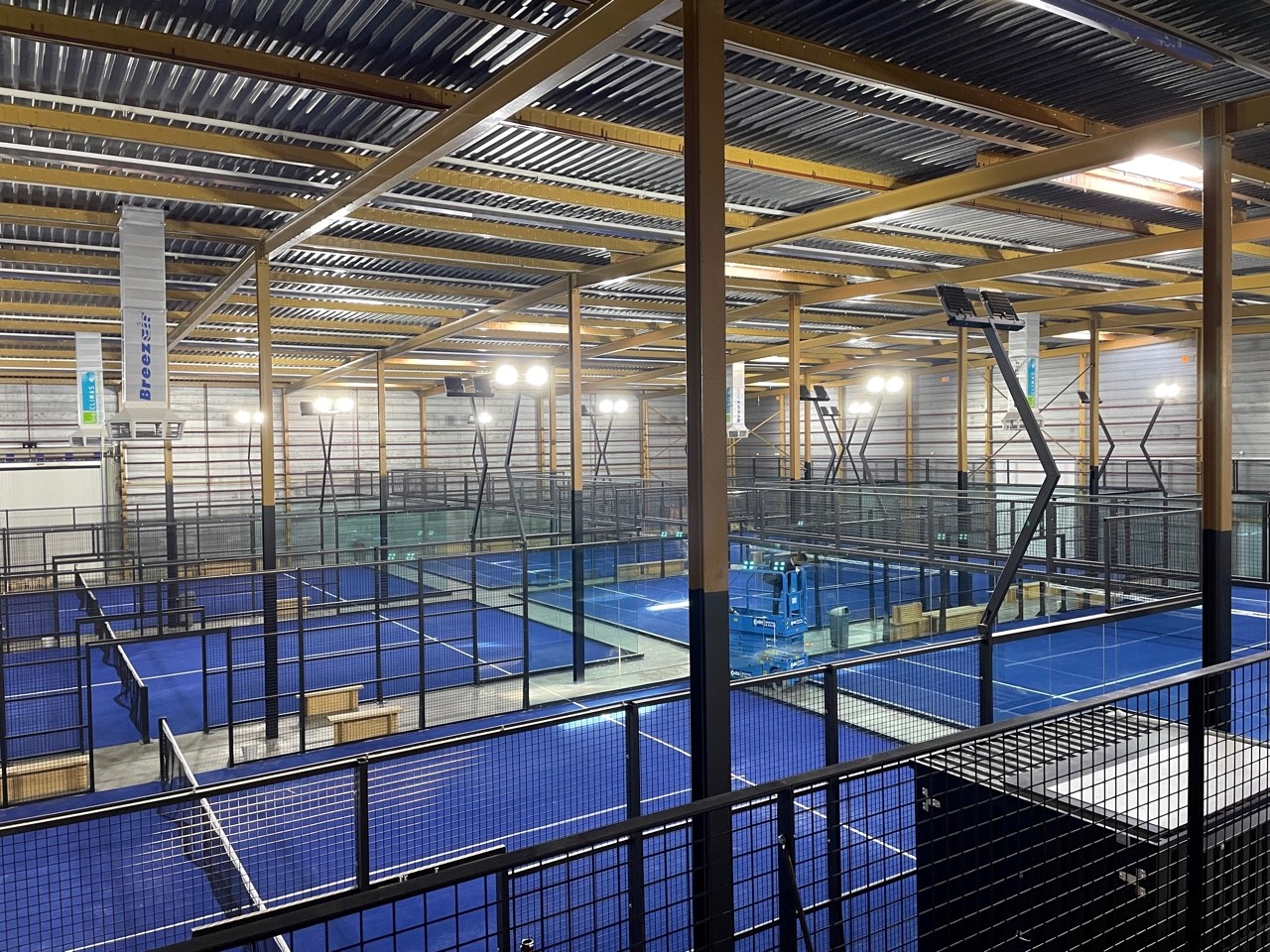
Sport centers: paddle, tennis, climbing gyms…
Gyms are needed to be kept cool and ventilated to prevent the buildup of CO2, besides the fact that tennis, basketball and volleyball players would not mind a cool and ventilated space where to play in Summertime and during heat waves.
Evaporative cooling is a great solution for sport centers and gyms in general. It can provide basic moisture that human body needs. In fact, Evaporative cooling can maintain 40-60% relative humidity, which is perfect when training. Moreover, evaporative coolers supply cool (not cold) air, which is far more healthy when you play sport. Moreover, if we set 27°C inside the room, players would feel 24°C, because of the air velocity on the sweat.
All this said, ventilation is key for sport centers: it is more important the comfort than extremely low temperatures.
If you want to browse our success stories in sport centers, visit this page!
If you are curious to see how evaporative cooling can be beneficial for cooling padel courts, browse this catalogue!
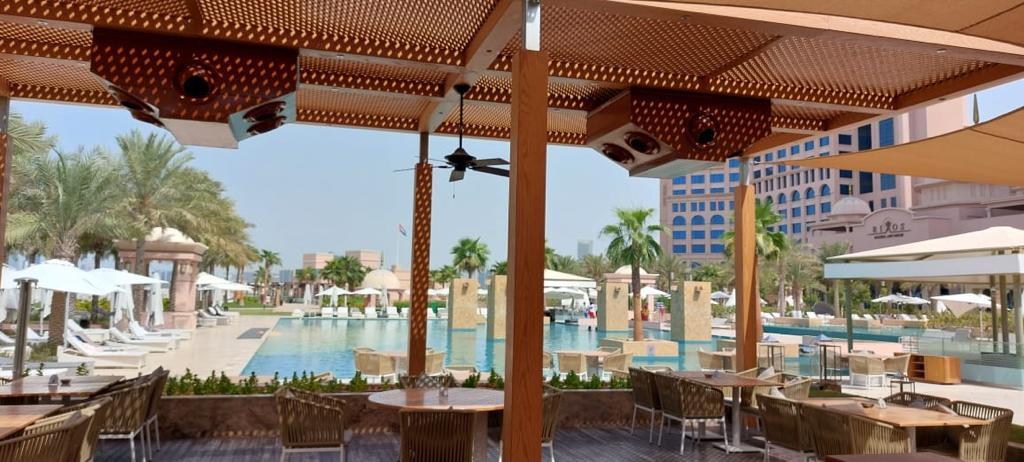
Outdoor areas: terraces, tents, outdoor dining areas
Outdoor areas have no walls to contain the cool air: these spaces would be impossible to cool using conventional air conditioning because that type of system relies on recirculating the air of a sealed space. The problem can be solved by using evaporative air coolers like Breezair, which can easily supply a flow of fresh and cool air to those areas, since all the air is naturally exhausted all the time.
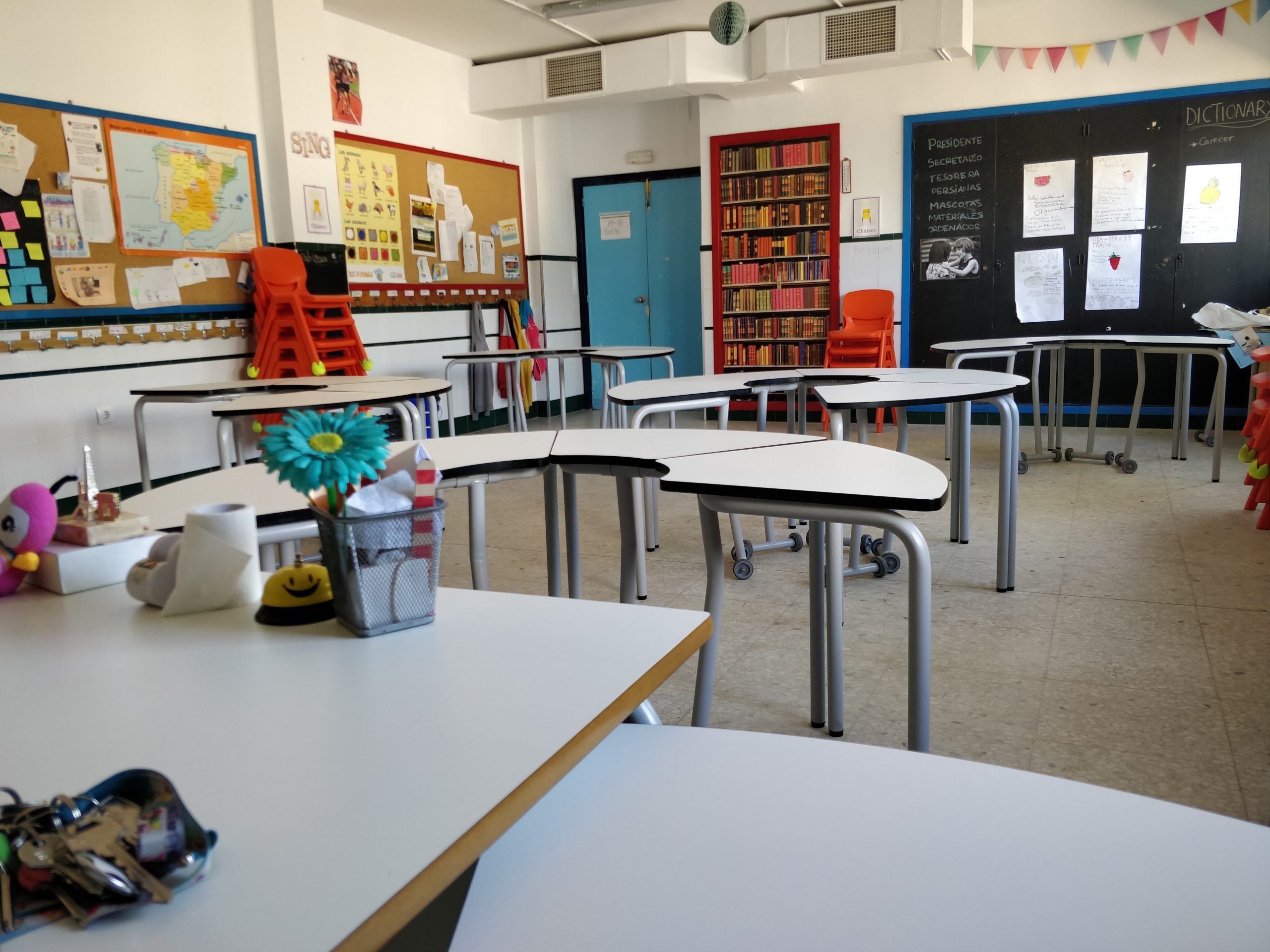
Schools, offices, educational centers
We have supplied evaporative cooling solutions in many educational centers. Children spend a large portion of their day indoor at school: ensuring that schools are ventilated and have good Indoor Air Quality is critical to protecting and supporting the health and wellbeing of students and teachers. All Seeley International evaporative cooling products increase ventilation by acting on the fresh air portion of an AHU or directly supplying outside air into the space. See this interesting video to learn more.
If you would like to browse our main projects when it comes to educational centers cooling, click here!
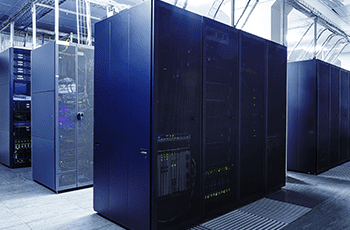
Data centers and telecom
Indirect evaporative cooling can be perfect for cooling data centers and telecoms. These applications normally require continuous cooling throughout the day and a significant amount of power. But there is an even for efficient technology now in the planet that can reach lower temperatures than pure indirect evaporative cooling…that is M-cycle Indirect Evaporative cooling! This patent by Seeley International can cool below the wet-bulb temperature of outside air, not adding moisture to the air. Does it seem impossible? Check it out!
If you would like to browse our installations in Data Centers, click here!
